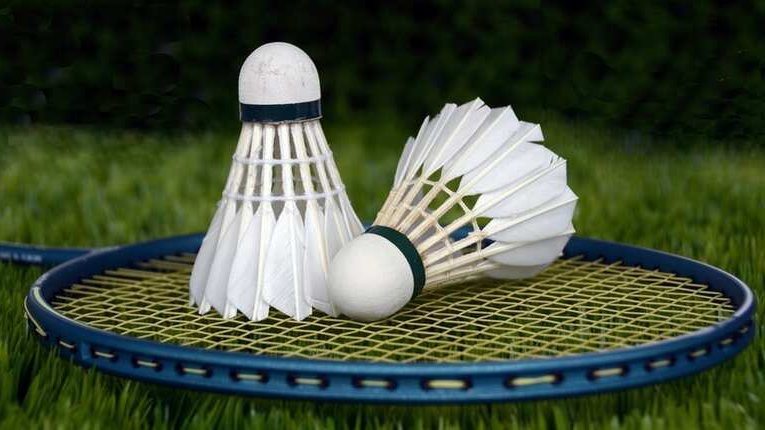

India's passion for badminton is at an all-time high, with a surge of young talent filling courts across the country. Yet, this boom is on a collision course with a looming crisis that threatens the very accessibility of the sport. The price of feather shuttlecocks, the most essential piece of equipment for players at every level, has spiraled out of control, more than doubling in just over a year. This sudden and severe inflation, coupled with a growing scarcity of stock, is putting immense financial pressure on academies, coaches, and players, raising concerns about the future of the sport's development.
The root of this problem lies not on the court, but on the dinner plate. The crisis is being attributed to a significant shift in dietary habits in China, the undisputed hub of global shuttlecock manufacturing. A growing preference for pork over traditional duck and goose meat has reportedly led to a sharp decline in the farming of these birds. This has created a critical shortage of the high-quality feathers required for producing durable, well-balanced shuttlecocks.
Because China holds a near-monopoly on production, with an estimated 90% of the top brands' factories based there, this shift has had an immediate and global impact. While some in the Indian badminton community are skeptical that a change in diet alone could cause such a disruption, the scarcity is undeniable. There is also a growing suspicion that Chinese manufacturers, facing a raw material shortage, are prioritizing their own domestic market, further squeezing the supply available for export.
The financial strain is palpable at academies across India. Coaches report that the cost for a single tube of quality shuttlecocks has surged from around ₹1,200 to over ₹2,700 in the last 16 months, with prices expected to breach the ₹3,000 mark soon. For many mid-sized academies, the monthly expenditure on shuttles now equals the total salaries of their coaching staff. This unsustainable cost structure threatens to make the sport prohibitively expensive for middle-class families and makes organizing large-scale junior tournaments, which can attract thousands of participants, a logistical and financial nightmare.
This crisis exposes a deeper, systemic vulnerability for the sport. As national coach Pullela Gopichand has noted, badminton's over-reliance on a single, fragile supply chain for its most basic equipment is a problem that needs to be addressed. While long-term solutions, such as developing a viable synthetic alternative to feather shuttles, are still on the horizon, the immediate need is for a short-term fix.
With few other options, coaches and industry figures are now looking to the Indian government for support. They argue that a reduction in the 12% import duty (GST) on shuttlecocks could provide crucial relief, helping to absorb some of the escalating costs and ensuring that the sport does not become inaccessible to the very talent it is trying to nurture. Without intervention, there is a real fear that the shuttlecock crisis could ground the sport's promising flight.
Match Points